S
Showing 13–24 of 62 results
-
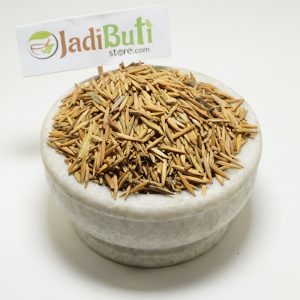
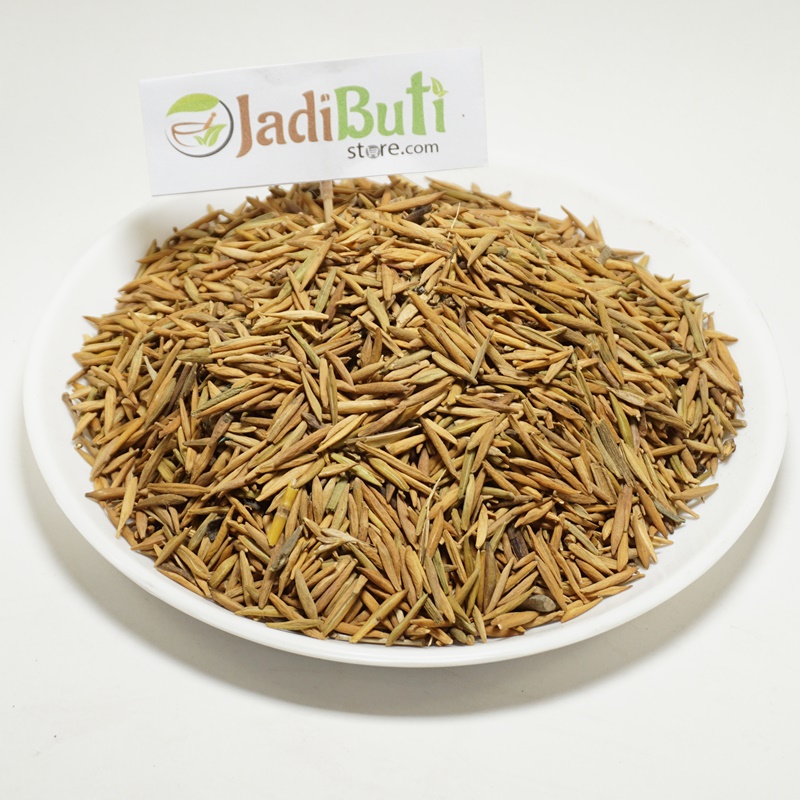
Inderjo Meetha – इन्द्रजौ मीठा – Sweet lndarjao – Wrightia tinctoria
₹110.00 – ₹845.00Quick ViewInderjo Meetha – इन्द्रजौ मीठा – Sweet lndarjao – Wrightia tinctoria.
Inderjo Meetha Name in different languages:
Inderjo Meetha English Name : Sweet lndarjao, Easter Tree, Ivory Tree
Inderjo Meetha Hindi Name : Safed Kuda, Metha Kuda, Khinna, Kutaja
Inderjo Meetha Latin name : Wrightia tinctoria R. Br.
Inderjo Meetha Urdu Name : Indarjao Shirin
Inderjo Meetha Bengali Name : Indrajav
Inderjo Meetha Chinese Name : Tao tiao pi
Inderjo Meetha German Name : Färber-Oleander
Inderjo Meetha Gujarati Name : Mitha Indarjava, Gode Indarjava
Inderjo Meetha Kannada Name : Kiridosige, Kodamurki, Hale
Inderjo Meetha Marathi Name : Mitha Indarjava, Gode Indarjava
Inderjo Meetha Persian Name : Zaban Kunjashk
Inderjo Meetha Punjabi Name : Indarjao Mitha
Inderjo Meetha Sanskrit Name : Svetakutaja, Strikutaja, Kutaj Beej
-
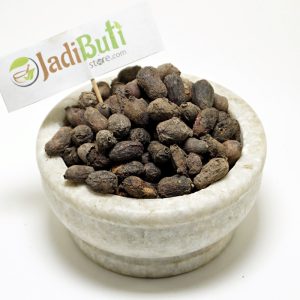

Jamun Guthali – जामुन घुटली – Eugenia Jambolana – syzygium cumini
₹165.00 – ₹680.00Quick ViewJamun Guthali – जामुन घुटली – Eugenia Jambolana – syzygium cumini
Jamun Guthli In different Language
Jamun Guthli in English name – Eugenia Jambolana Seeds
Jamun Guthli in Hindi name – Jamun Guthali
Jamun Guthli in Latin name – syzygium cumini
- Hindi: Jamun, Jambul
- Bengali: Jam
- Marathi: Jambhool
- Tamil: Neredu
- Telugu: Neredu
- Kannada: Neredu
- Malayalam: Njaval
- Indonesian: Jambu air
- Thai: Ma-praang
- Chinese: Hong-zao
Jamun Guthali is helpful for diabetic patients. Since Jamun seed posses antioxidant property so, this Jamun Guthli powder protects pancreatic beta cells from oxidative stress. Chemically Jamun seeds contain quercetin, gallic acid, and ellagic acid which are known antioxidants.
Key Benefits:
- Jamun relieves stomach pain and is a carminative
- Anti-scorbutic and diuretic
- Beneficial in reducing enlargement of spleen
- Treats diarrhoea
- Helpful in urine retention problems
Directions For Use:
As directed by the physicianSafety Information:
- Store in a cool, dry place, away from direct heat and sunlight
-
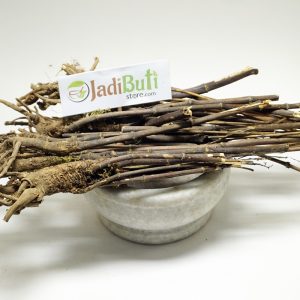
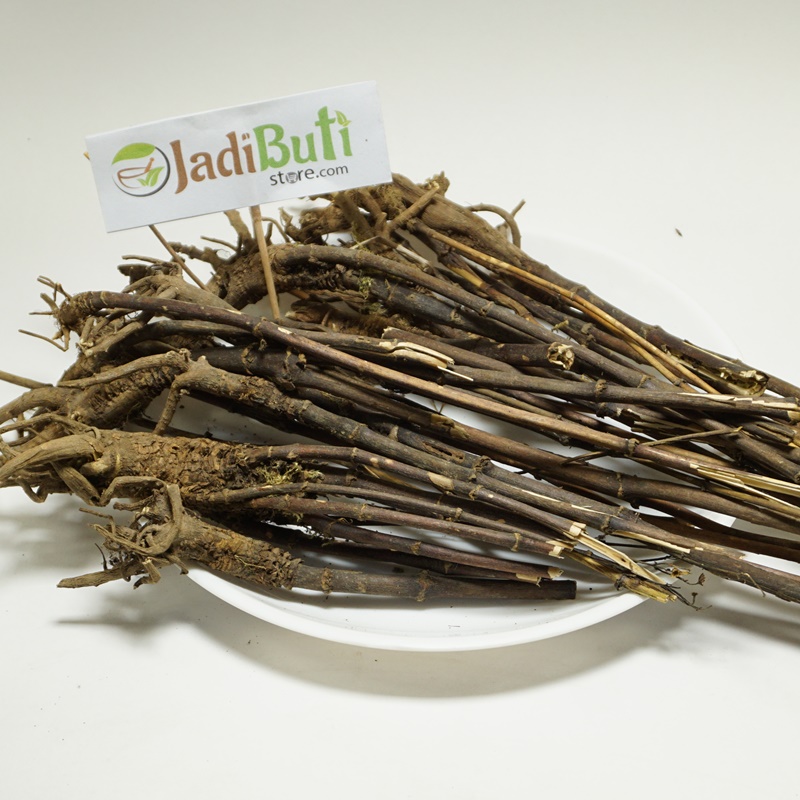
Kalmegh – कालमेघ – Chirayta Nepali – Swertia chirata Buch
₹300.00 – ₹2,160.00Quick ViewKalmegh – कालमेघ – Chirayta Nepali – Swertia chirata Buch.
Name in different languages:
English The Cret. Hindi Kalmegh Latin Swertia chirata Buch Gujarati Lilu, rent Bungalow Kammegh, Mahatita, Aluai Sanskrit Yavatakta, Kirta Tikta, Kalamegh Flag Hail rent, hire Quality :
Kalmegh is small, sharp and sharp in size. Its fruits are bitter, nutritious and warm semen.
Kalmegh is the removing cough, stimulating the mind and brain , and enhancing digestive power. It removes the udder and stimulates the liver (liver) . By using it the bile remains normal and the blood remains clean. This diarrhea removes disease , destroys stomach worms , removes swelling and cleanses sweat.
Kalmegh is used to fix white stains (leprosy) , fever and old fever etc. Due to the disease,it is used to remove the weakness in the child. Itcleans the blood and cures syphilis. It is used by mixing with blood cleansing substances, which makes it clean by reacting rightly in the blood. The effect of Kalmegh in fever is like quinine, but the effect of Kalmegh is slightly less than that.
-
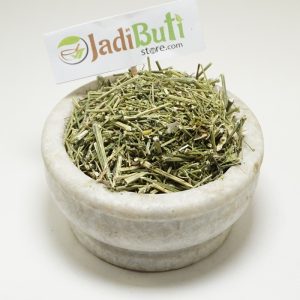
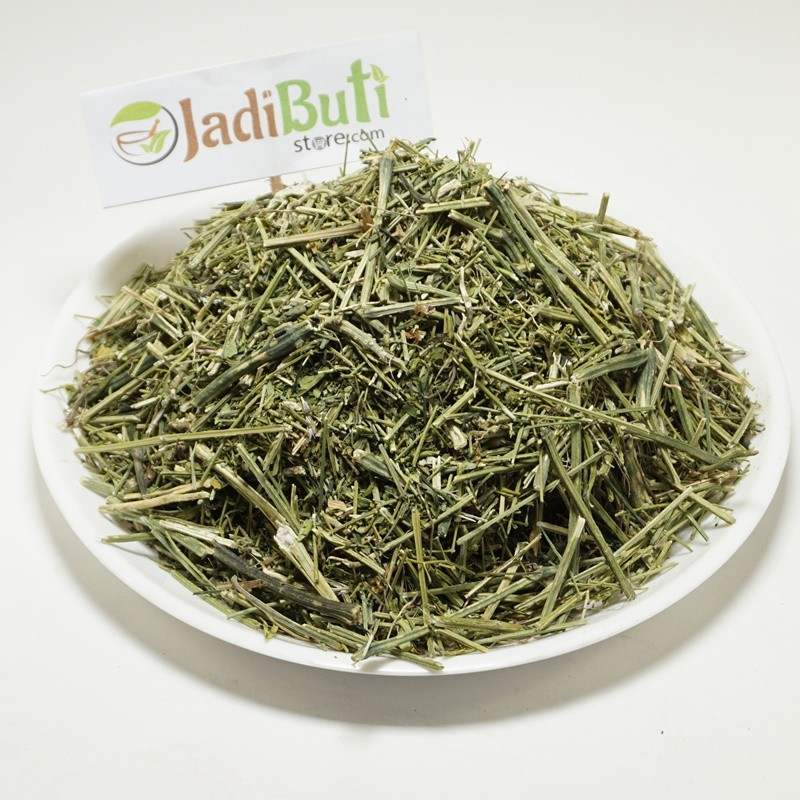
Kalmegh(Bhunimbh) Chirayta – कालमेघ चिरायता – Swertia chirata Buch
Quick ViewKalmegh(Bhunimbh) Chirayta – कालमेघ चिरायता – Swertia chirata Buch.
Kalmegh Name in different languages:
English The Cret. Hindi Kalmegh Latin Swertia chirata Buch Gujarati Lilu, rent Bungalow Kammegh, Mahatita, Aluai Sanskrit Yavatakta, Kirta Tikta, Kalamegh Flag Hail rent, hire -
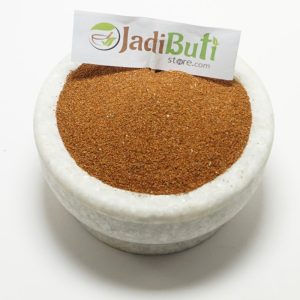
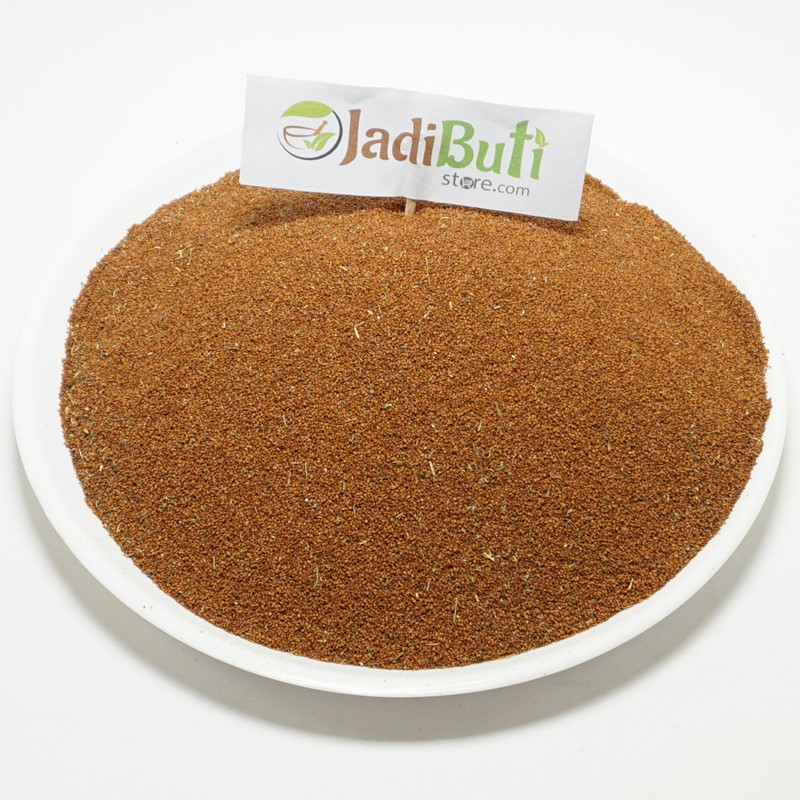
Khubkala – खुबकला – London rocket – Sisymbrium irio
₹130.00 – ₹1,055.00Quick ViewName: Khubkala Scientific name: Lepidium sativum Family: Brassicaceae Ayurvedic properties: Heating energy (virya), pungent post-digestive effect (vipaka) Properties: Anti-inflammatory, antimicrobial, antioxidant, diuretic, expectorant, galactagogue, aphrodisiac, digestive, analgesic Uses: Respiratory problems, digestive problems, urinary tract infections and kidney stones, menstrual cramps and irregular periods, low libido and erectile dysfunction, arthritis and joint pain, skin disorders Forms: Seed Precautions: Consult a qualified Ayurvedic practitioner before using. Pregnant or breastfeeding women should avoid Khubkala. Ayurvedic Property Classification Rasa (taste) Pungent (katu) Virya (energy) Heating (ushna) Vipaka (post-digestive effect) Pungent (katu) Guna (properties) Light (laghu), dry (ruksha), and sharp (tikshna) -
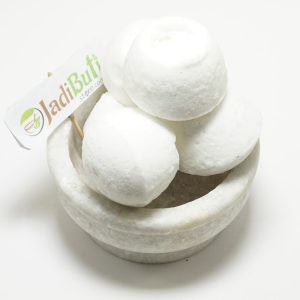
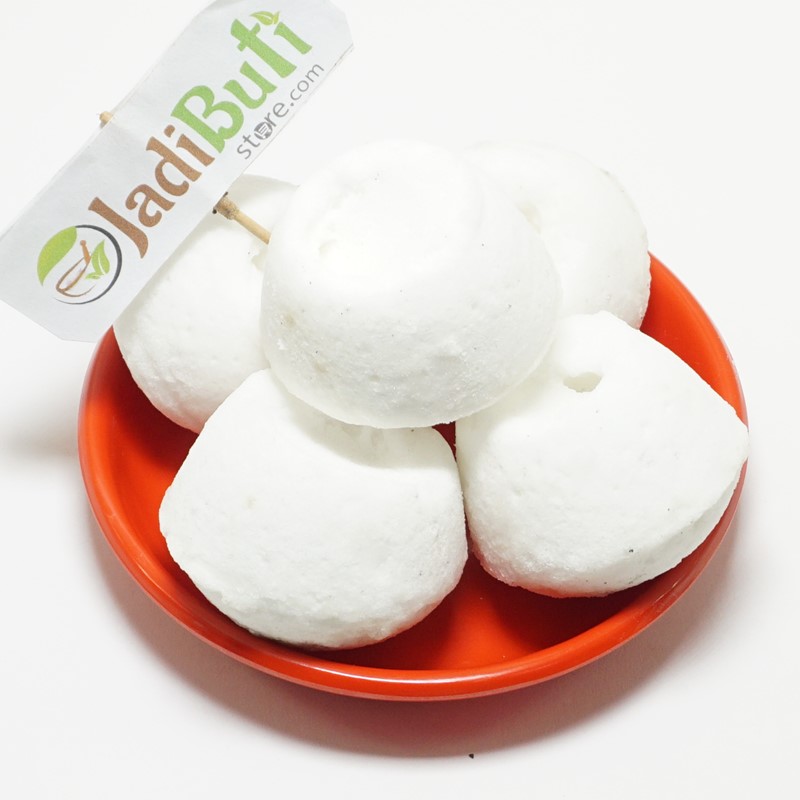
Kunja mishri – कुंजा मिश्री – Mishri balls – Rock candy
₹120.00 – ₹920.00Quick ViewAyurvedic Name Kunja Mishri or Kumbh Shakkar Properties Balances Vata and Pitta doshas, boosts immunity and energy levels, supports respiratory health, promotes healthy digestion and metabolism Nutritional Value Contains calcium, iron, potassium Uses Sweetener in cooking and beverages, used in Ayurvedic medicine for its health benefits Precautions Excessive consumption of any type of sugar can have negative health effects Ayurvedic Benefits :
- Helps to balance Vata and Pitta doshas
- Boosts immunity and energy levels
- Supports respiratory health
- Promotes healthy digestion and metabolism
- Helps to soothe sore throat and cough
-

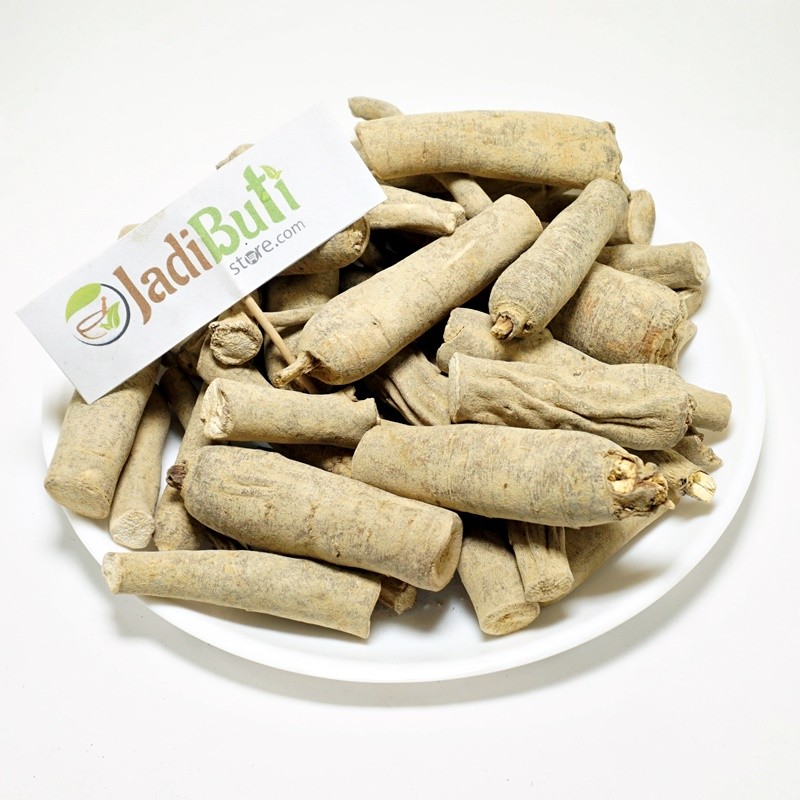
Kuth Meetha – कुठ मीठा – Costus – Saussurea costus
₹220.00 – ₹1,710.00Quick ViewKuth Meetha – कुठ मीठा – Costus – Saussurea costus.
Kuth Meetha Name In Different Languages:
Kuth Meetha in English – Costus root
Kuth Meetha in Hindi – Kuth
Kuth Meetha in Latin – Saussurea costus
Kuth Meetha in Sanskrit – Vapya, Paribhavy
Kuth Meetha in Bengali – Kud
Kuth Meetha in Marathi – Koshth
Kuth Meetha in Gujrati – Kathu upmat
Kuth Meetha in Telugu – Kushtha
Kuth Meetha in Persian – Kust-e-talkh
Castus root is hot in nature, spicy and tasty. It enhances sperm count. If someone breaks castus root and it breaks easily, it should be considered that costus root is pure (natural).
-
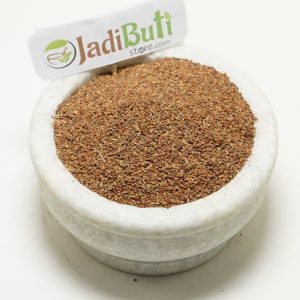
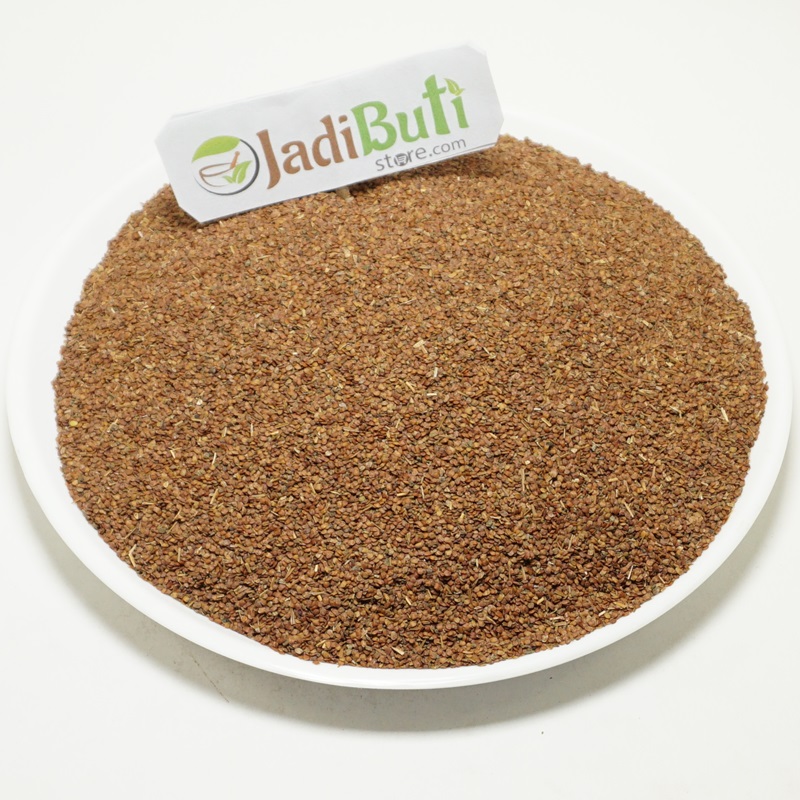
Lajwanti – लाजवंती – Sensitive Plant – Mimosa pudica
₹160.00 – ₹1,225.00Quick ViewLajwanti seeds | Scientific name: Mimosa pudica
Ayurvedic properties:
- Anti-inflammatory
- Digestive
- Respiratory
- Skin health
- Diuretic
- Nervous system health
- Anti-diabetic
- Cardiovascular health
- Immune system health
- Menstrual health
- Anti-cancer
- Wound healing
Ayurvedic Property Classification Rasa (taste) Bitter (tikta) and astringent (kashaya) Virya (energy) Cooling (shita) Vipaka (post-digestive effect) Pungent (katu) Guna (properties) Light (laghu), dry (ruksha), and sharp (tikshna) -
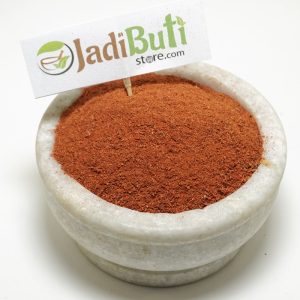
Lal Chandan Powder – लाल चंदन – Red Sandalwood Powder – Pterocarpus santalinus
₹80.00 – ₹845.00Quick ViewRed sandalwood powder has been used for centuries in traditional Ayurvedic medicine as a natural remedy for various health and beauty conditions. Red sandalwood powder has anti-inflammatory, antiseptic, and astringent properties, making it a popular ingredient in skincare, hair care, and medicinal products. It can help to soothe and brighten the skin, reduce acne and dark spots, promote hair growth, and relieve sunburn and inflammatory conditions. Red sandalwood powder is also used in aromatherapy and meditation practices for its calming and grounding effects on the mind. It is often combined with other natural ingredients, such as turmeric, honey, and milk, to create face masks and other skincare products. Red sandalwood powder is considered safe and gentle for most skin types.
-
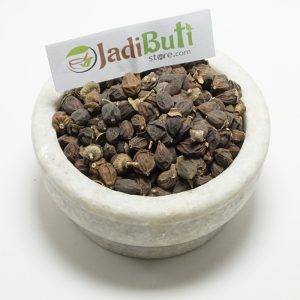
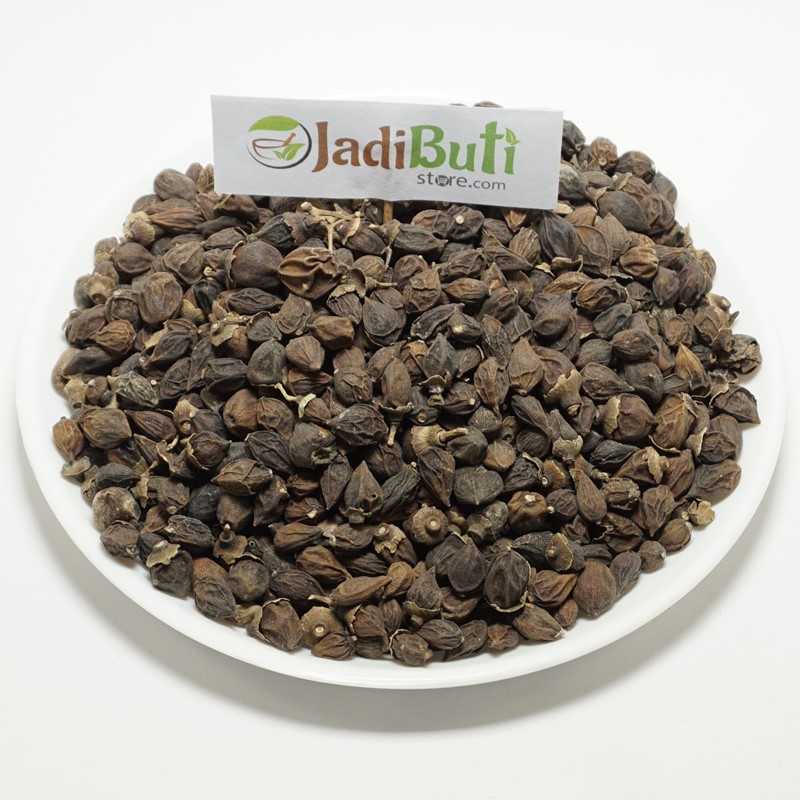
Lasoda spistan – लसोड़ा सपिस्तन – Sebesten – Cordia myxa
₹120.00 – ₹920.00Quick ViewOur Lasoda fruit is carefully handpicked and Natural-dried to ensure that it retains its natural flavor and nutritional value. It has a chewy texture and a hard seed in the center.
Lasoda fruit is believed to promote digestive health, respiratory health, anti-inflammatory properties, immunity boosting, and liver & heart health. It is also believed to have anti-aging properties and is used to promote wound healing and nervous system health.
Our Lasoda fruit is a valuable ingredient in natural remedies and can be used to make pickles and chutneys in Indian cuisine. It is also a great addition to smoothies, juices, and salads.
- Rasa (Taste): Lasoda fruit is believed to have a sour taste, which is known to stimulate digestion and help balance the doshas.
- Virya (Potency): Lasoda fruit is believed to have a cooling potency, which is helpful in reducing inflammation and calming Pitta dosha.
- Vipaka (Post-digestive effect): Lasoda fruit is believed to have a sweet post-digestive effect, which nourishes the body and helps to balance Vata dosha.
- Dosha effects: Lasoda fruit is believed to balance all three doshas, but especially Pitta and Vata doshas.
- Gunas (Qualities): Lasoda fruit is believed to have the following qualities – light, dry, and rough. These qualities are believed to be helpful in promoting digestion and reducing excess Kapha dosha.
- Prabhava (Special action): Lasoda fruit is believed to have a special action in Ayurveda as it is used to promote respiratory health, wound healing, and liver health.
Overall, the Ayurvedic properties of lasoda fruit make it a valuable ingredient in promoting overall health and well-being in Ayurvedic medicine.
-


long (Organic) – लौंग – Clove – Syzygium aromaticum
₹280.00 – ₹2,300.00Quick ViewAyurvedic classification of clove :
Ayurvedic Property Ayurvedic Use Rasa (Taste) Katu (Pungent), Tikta (Bitter), Madhura (Sweet) Guna (Quality) Laghu (Light), Teekshna (Sharp), Sara (Unctuous), Ruksha (Dry) Virya (Potency) Ushna (Hot) Vipaka (Post-Digestive Taste) Katu (Pungent) Dosha (Effect on Humors) Balances Kapha and Vata Doshas, may aggravate Pitta Dosha in excess Dhatu (Tissue) Plasma, Blood, Muscle, Fat Srotas (Channel) Digestive, Respiratory, Circulatory Action Analgesic, Anti-inflammatory, Antioxidant, Anti-microbial, Carminative, Expectorant, Immune-stimulant, Warming Active Compound Description Health Benefits Eugenol A phenolic compound with a strong aroma and flavor. Antioxidant, anti-inflammatory, analgesic, and anti-microbial properties. May help improve dental health, reduce inflammation and pain, and support overall immune function. Flavonoids A group of plant pigments with antioxidant and anti-inflammatory properties. May help reduce the risk of chronic diseases such as heart disease and cancer, and support overall immune function. Tannins A type of polyphenol with astringent properties. May help reduce inflammation and pain, and support healthy digestion. Sesquiterpenes A group of aromatic compounds with anti-inflammatory and anti-microbial properties. May help reduce inflammation, support healthy immune function, and protect against infections.


